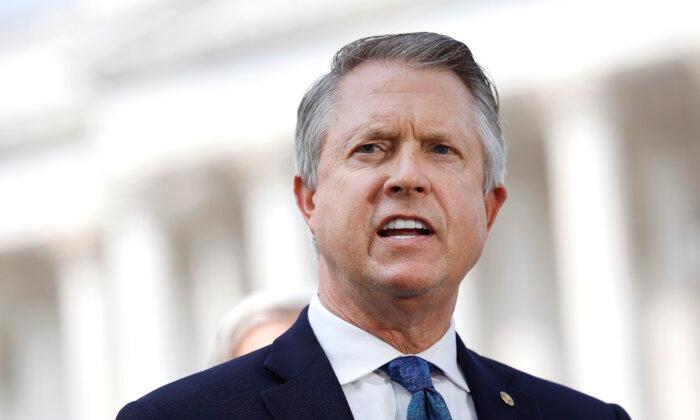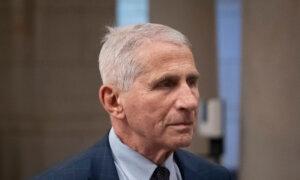It has been four years since patients sickened with unexplained pneumonia started appearing at hospitals in the central Chinese city of Wuhan. However, U.S. policymakers are still investigating how COVID-19 emerged in the country.
To keep it from happening again, the United States needs to suspend gain-of-function research and stop federal dollars from flowing into studies in China, according to Sen. Roger Marshall (R-Kan.).
“What Americans don’t understand is the scientific community in China works hand in hand with the Chinese military and with the [Chinese Communist Party].”
The communist regime could use gain-of-function research, in which scientists study ways to enhance the transmissibility of a virus or pathogen, against the United States.
“Maybe they‘ll use it to attack our food sources; maybe they’ll use it to attack our soldiers. I don’t know. But this is way more scary than a nuclear bomb in so many ways,” Mr. Marshall said.
New Evidence
A congressional committee document made public last week shows that a China-based virologist mapped out the sequence of COVID-19 at least two weeks before China’s communist regime released the virus’s genome sequence.The researcher, Ren Lili, uploaded COVID-19 sequencing data to a U.S. government genetic database on Dec. 28, 2019, according to documents obtained by the House Energy and Commerce Committee.
Those two weeks could have been pivotal for the world to understand and inoculate against the viral pneumonia that later was named COVID-19, according to Mr. Marshall.
“We could have started on that vaccination process two weeks earlier, at a minimum,” he said. “But the fact that they hid what was going on there, that they continue to say over and over again, that this was not transmitted person to person, it kept us from responding in the fashion we could have.”
The Chinese virologist didn’t get her work published. Instead, the National Institutes of Health’s (NIH) GenBank removed Ms. Ren’s submission on Jan. 16, 2020, as she didn’t respond to a request to update her data, which the department characterized as “incomplete” and “lacked the necessary information required for publication,” according to the document.
The newly released information also drew attention to the taxpayer dollars that flowed into virus research in China.
COVID Origins
Mr. Marshall, who has been leading a Senate investigation into how the virus emerged, said a growing amount of evidence supports the theory that COVID-19 originated in a Wuhan lab.“There is a huge body of evidence out there, if I could get in front of the jury, that they would find the Chinese Communist Party guilty of leaking this virus from a laboratory out of Wuhan, China,” he said.

“A huge body of evidence says it came from a laboratory. They still haven’t found an animal source from it,” Mr Marshall said.
He suggested that the Chinese regime possibly destroyed evidence of COVID-19’s origins.
“They’ve taken down all the DNA sequences from our laboratory banks, as well as their own laboratory banks,” he said.
“They could easily disprove our theory if they would just go into their own lab bank and show us the cousin or the brother of this virus, but they’re not willing to do that.”







